Subtotal: ₹21,278.80 (ex. tax)
Showing all 17 results
Goats & Sheep Feed & Nutrition: Ensuring Healthy Growth and Productivity
When it comes to animal healthcare, proper feed and nutrition for goats and sheep are absolutely vital. Healthy nutrition helps them grow well, produce more milk or meat, resist disease, and live comfortable lives. Poor feeding can lead to low productivity, weak immunity, reproductive problems, and frequent vet visits.
How to Ensure Proper Goats & Sheep Feed & Nutrition
1. Understand Nutrient Requirements
Maintenance: For goats and sheep not producing milk, pregnant, or growing, maintenance requirements include digestible protein and total digestible nutrients matching their weight and activity. Goats have a higher basal metabolic rate than sheep, so their maintenance feed must often be more nutrient-dense.
Production or Lactation: If the animal is producing milk (does, ewes), nutrient needs rise significantly, especially in protein and energy. According to TNAU, for a goat yielding 2 L milk with 4% fat, you may need 12-15% crude protein, 200-285 g of starch equivalent, plus forage or green fodder like Berseem or Lucerne.
Pregnancy & Growth: Growing kids/lambs and pregnant does/ewes need additional nutrients, more protein, vitamins, and minerals. Late gestation and early lactation are critical periods. FAO notes energy requirements in late pregnancy increase by 80-100% over dry animals.
2. Balanced Feed Components
Forage or Roughage: Should be the base, green fodder, hay, or pasture. Green fodder legumes (lucerne, berseem, desi legumes) are very helpful for protein, vitamins.
Concentrates or Supplementary Feed: Grains, oilcakes (soybean, groundnut), bran, etc. Use when forage alone doesn’t meet energy/protein needs. Proportion depends on the stage (growth, milk, pregnancy). TNAU recommends concentrate feed + green fodder for milk yields.
Minerals & Vitamins: Calcium, phosphorus, salt, trace minerals (copper, zinc, selenium, cobalt) are necessary. Maintain Ca:P ratio 1.5-2:1 depending on breed/stage. Vitamins A, D, and E, especially during low forage seasons.
3. Feed Ratios & Daily Intake
Dry Matter Intake (DMI): Goats usually eat around 3-4% of their body weight in dry matter.
Roughage:Concentrate Ratios: Roughage should form 60-70% of the diet in many cases; the concentrate part increases with production (milk) or during pregnancy.
4. Water & Quality Checks
Clean, fresh water should always be available. Lactation needs much more water. Feed quality matters: avoid mouldy, spoiled fodder; avoid toxic plants. Mineral deficiencies or excesses can harm (e.g., too much copper for sheep).
5. Special Considerations
Pregnancy & Lactation: Increase nutrition, ensure energy and protein are adequate. For instance, in the last weeks of pregnancy, feeding more green fodder + concentrate.
Weaning & Growth: Gradually transition from milk to solid feed; ensure creep feed for kids/lambs early.
Breed & Region Specific Adjustments: Indigenous vs exotic breeds have different needs; environmental conditions (heat, fodder availability) affect feed.
Frequently Asked Questions
How much protein do goats/sheep need daily?
For maintenance, 8-10% crude protein; for lactation or growth, 12-18%, depending on stage and breed.
What should be the Ca:P ratio in their diet?
Aim for about 1.5-2:1 calcium to phosphorus. Imbalance can cause reproductive or bone issues, especially in sheep.
Can goats / sheep live on forage alone?
Possibly for maintenance, if the forage is lush and of high quality. But for milk, growth, or pregnancy, supplementary feed with concentrates and minerals is necessary.

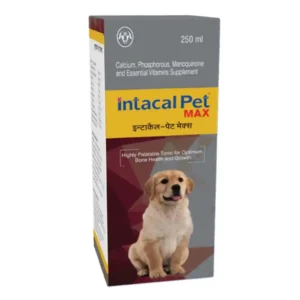
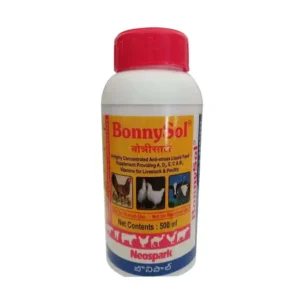
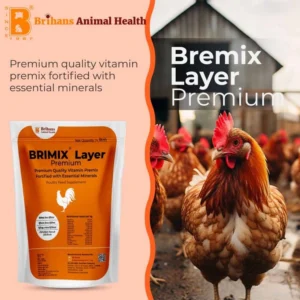
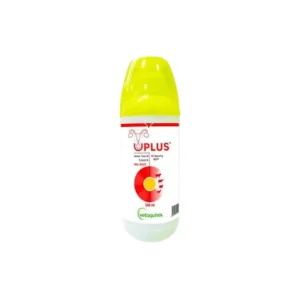
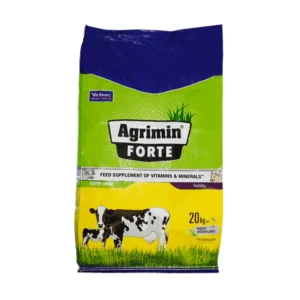
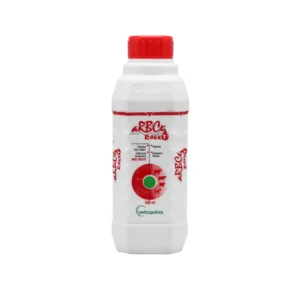
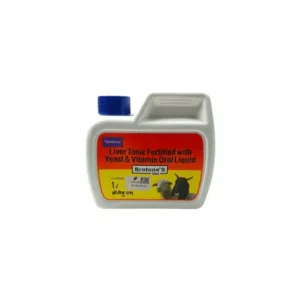
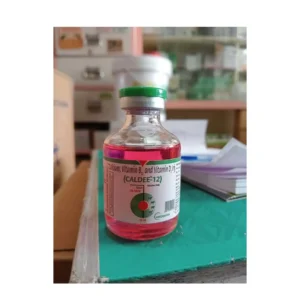
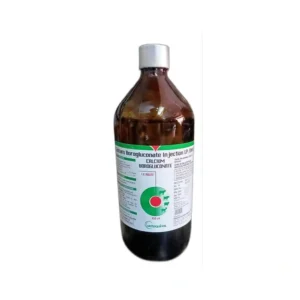
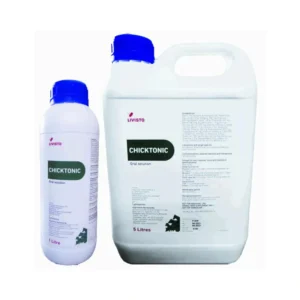
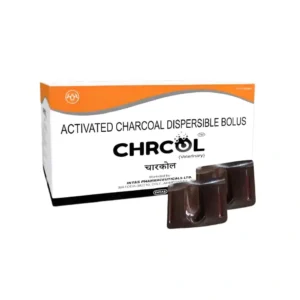
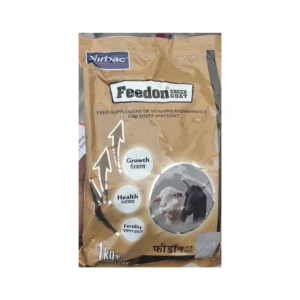
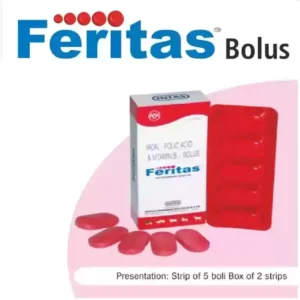
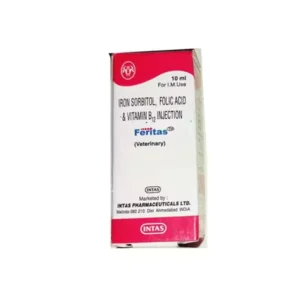
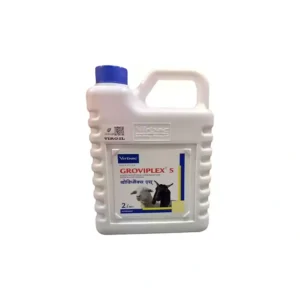
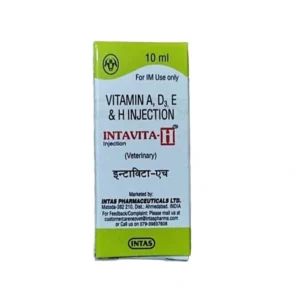
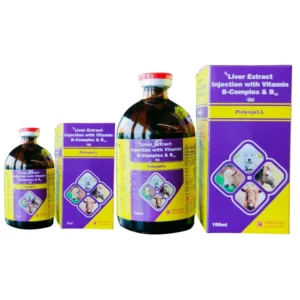
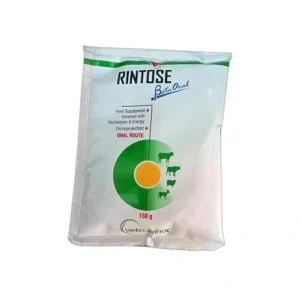
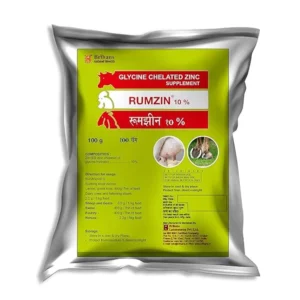
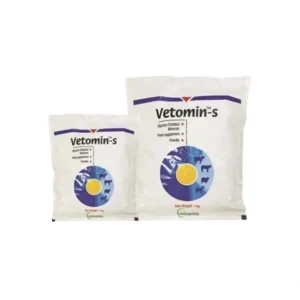
 Home
Home  Wishlist
Wishlist  Checkout
Checkout  Dog
Dog Cat
Cat Cattle
Cattle Poultry
Poultry Goats & Sheeps
Goats & Sheeps Equine
Equine Fish
Fish Bird
Bird Pharmacy
Pharmacy